#trees of Belize
Explore tagged Tumblr posts
Text

Vermilion Flycatcher (Pyrocephalus Obscurus), Crooked Tree
©Aurore Shirley
#aurore shirley#photographer#vermillion flycatcher#flycatcher#bird photography#pyrocephalus obscurus#crooked tree#belize#nature
45 notes
·
View notes
Text
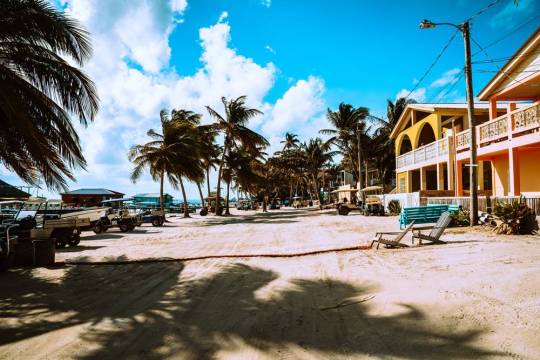
Belmopan, Belize
#belmopan#belize#central america#north america#beach#sunny#ocean#palm trees#dailystreetsnapshots#travel#photography#street#streets#places#colorful#tropical
9 notes
·
View notes
Text
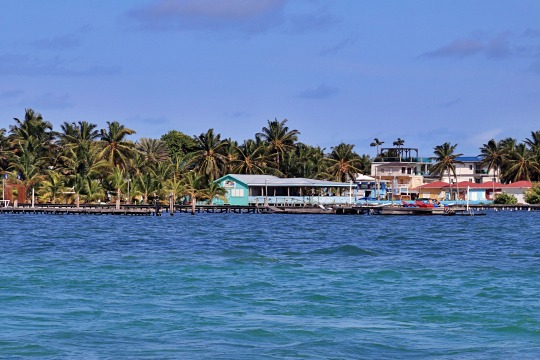
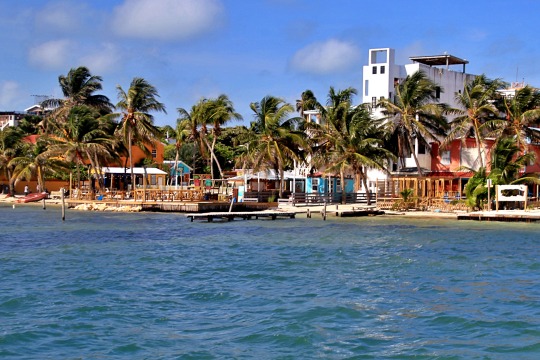


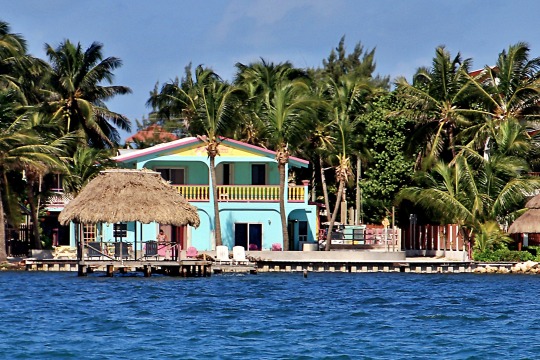
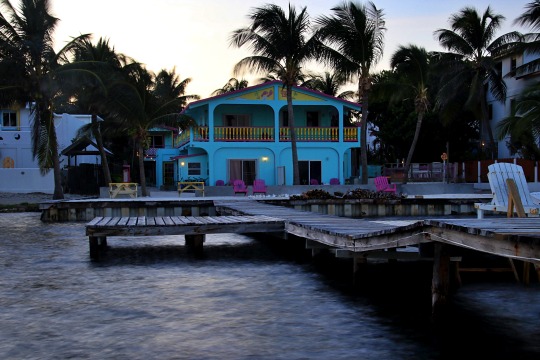
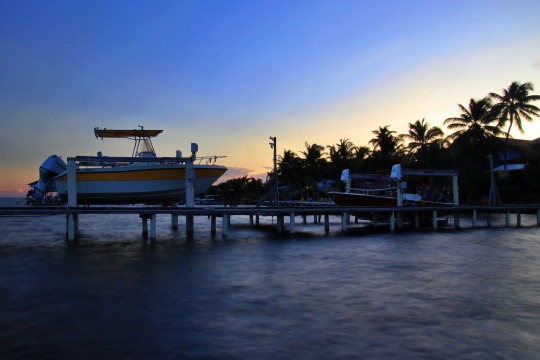
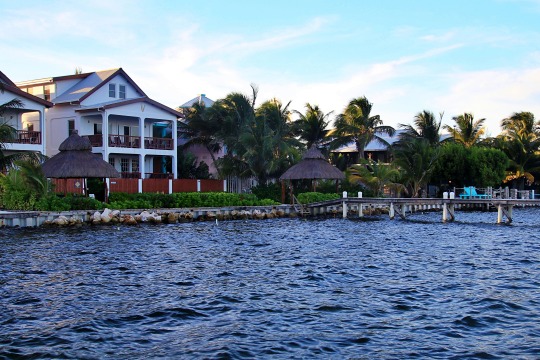
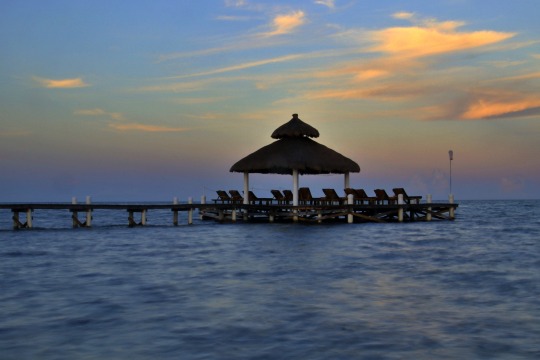
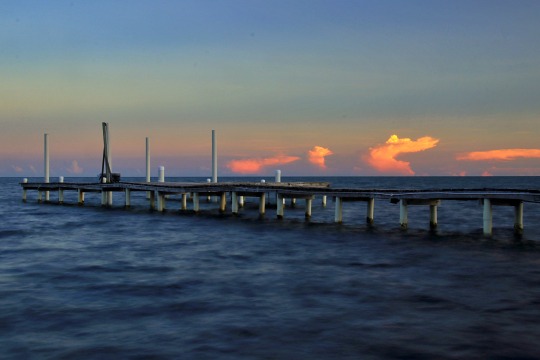
Caye Caulker Island ( Belize )
#photooftheday#travelphotography#adventure#aroundtheworld#trip#nature#travel#caye caulker#belize#island#caribbean#seaside#central america#explore#pickoftheday#palm trees#sunset#caribbean sea#caribbean islands#tropical#beaches
8 notes
·
View notes
Photo

There is always work to do and creative ways to do it to keep the neighborhood looking good.
0 notes
Text
Here's the top 2 stories from each of Fix The News's six categories:

1. A game-changing HIV drug was the biggest story of 2024
In what Science called the 'breakthrough of the year', researchers revealed in June that a twice-yearly drug called lenacapavir reduced HIV infections in a trial in Africa to zero—an astonishing 100% efficacy, and the closest thing to a vaccine in four decades of research. Things moved quick; by October, the maker of the drug, Gilead, had agreed to produce an affordable version for 120 resource-limited countries, and by December trials were underway for a version that could prevent infection with just a single shot per year. 'I got cold shivers. After all our years of sadness, particularly over vaccines, this truly is surreal.'
2. Another incredible year for disease elimination
Jordan became the first country to eliminate leprosy, Chad eliminated sleeping sickness, Guinea eliminated maternal and neonatal tetanus, Belize, Jamaica, and Saint Vincent & the Grenadines eliminated mother-to-child transmission of HIV and syphilis, India achieved the WHO target for eliminating black fever, India, Viet Nam and Pakistan eliminated trachoma, the world’s leading infectious cause of blindness, and Brazil and Timor Leste eliminated elephantiasis.
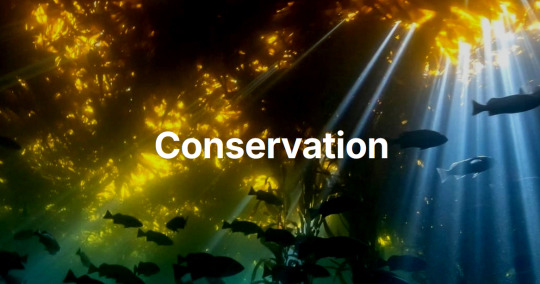
15. The EU passed a landmark nature restoration law
When countries pass environmental legislation, it’s big news; when an entire continent mandates the protection of nature, it signals a profound shift. Under the new law, which passed on a knife-edge vote in June 2024, all 27 member states are legally required to restore at least 20% of land and sea by 2030, and degraded ecosystems by 2050. This is one of the world’s most ambitious pieces of legislation and it didn’t come easy; but the payoff will be huge - from tackling biodiversity loss and climate change to enhancing food security.
16. Deforestation in the Amazon halved in two years
Brazil’s space agency, INPE, confirmed a second consecutive year of declining deforestation in the Brazilian Amazon. That means deforestation rates have roughly halved under Lula, and are now approaching all time lows. In Colombia, deforestation dropped by 36%, hitting a 23-year low. Bolivia created four new protected areas, a huge new new state park was created in Pará to protect some of the oldest and tallest tree species in the tropical Americas and a new study revealed that more of the Amazon is protected than we originally thought, with 62.4% of the rainforest now under some form of conservation management.

39. Millions more children got an education
Staggering statistics incoming: between 2000 and 2023, the number of children and adolescents not attending school fell by nearly 40%, and Eastern and Southern Africa, achieved gender parity in primary education, with 25 million more girls are enrolled in primary school today than in the early 2000s. Since 2015, an additional 110 million children have entered school worldwide, and 40 million more young people are completing secondary school.
40. We fed around a quarter of the world's kids at school
Around 480 million students are now getting fed at school, up from 319 million before the pandemic, and 104 countries have joined a global coalition to promote school meals, School feeding policies are now in place in 48 countries in Africa, and this year Nigeria announced plans to expand school meals to 20 million children by 2025, Kenya committed to expanding its program from two million to ten million children by the end of the decade, and Indonesia pledged to provide lunches to all 78 million of its students, in what will be the world's largest free school meals program.

50. Solar installations shattered all records
Global solar installations look set to reach an unprecedented 660GW in 2024, up 50% from 2023's previous record. The pace of deployment has become almost unfathomable - in 2010, it took a month to install a gigawatt, by 2016, a week, and in 2024, just 12 hours. Solar has become not just the cheapest form of new electricity in history, but the fastest-growing energy technology ever deployed, and the International Energy Agency said that the pace of deployment is now ahead of the trajectory required for net zero by 2050.
51. Battery storage transformed the economics of renewables
Global battery storage capacity surged 76% in 2024, making investments in solar and wind energy much more attractive, and vice-versa. As with solar, the pace of change stunned even the most cynical observers. Price wars between the big Chinese manufacturers pushed battery costs to record lows, and global battery manufacturing capacity increased by 42%, setting the stage for future growth in both grid storage and electric vehicles - crucial for the clean flexibility required by a renewables-dominated electricity system. The world's first large-scale grid battery installation only went online seven years ago; by next year, global battery storage capacity will exceed that of pumped hydro.
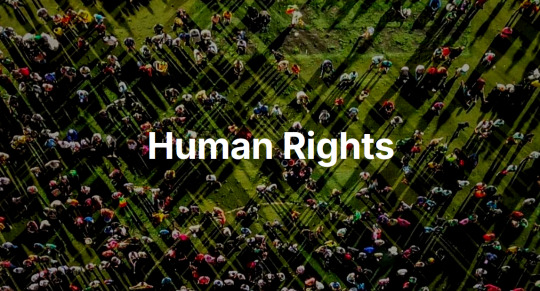
65. Democracy proved remarkably resilient in a record year of elections
More than two billion people went to the polls this year, and democracy fared far better than most people expected, with solid voter turnout, limited election manipulation, and evidence of incumbent governments being tamed. It wasn't all good news, but Indonesia saw the world's biggest one day election, Indian voters rejected authoritarianism, South Korea's democratic institutions did the same, Bangladesh promised free and fair elections following a 'people's victory', Senegal, Sri Lanka and Botswana saw peaceful transfers of power to new leaders after decades of single party rule, and Syria saw the end of one of the world's most horrific authoritarian regimes.
66. Global leaders committed to ending violence against children
In early November, while the eyes of the world were on the US election, an event took place that may prove to be a far more consequential for humanity. Five countries pledged to end corporal punishment in all settings, two more pledged to end it in schools, and another 12, including Bangladesh and Nigeria, accepted recommendations earlier in the year to end corporal punishment of children in all settings. In total, in 2024 more than 100 countries made some kind of commitment to ending violence against children. Together, these countries are home to hundreds of millions of children, with the WHO calling the move a 'fundamental shift.'

73. Space exploration hit new milestones
NASA’s Europa Clipper began a 2.9 billion kilometre voyage to Jupiter to investigate a moon that may have conditions for life; astronomers identified an ice world with a possible atmosphere in the habitable zone; and the James Webb Telescope found the farthest known galaxy. Closer to Earth, China landed on the far side of the moon, the Polaris Dawn crew made a historic trip to orbit, and Starship moved closer to operational use – and maybe one day, to travel to Mars.
74. Next-generation materials advanced
A mind-boggling year for material science. Artificial intelligence helped identify a solid-state electrolyte that could slash lithium use in batteries by 70%, and an Apple supplier announced a battery material that can deliver around 100 times better energy density. Researchers created an insulating synthetic sapphire material 1.25 nanometers thick, plus the world’s thinnest lens, just three atoms across. The world’s first functioning graphene-based semiconductor was unveiled (the long-awaited ‘wonder material’ may finally be coming of age!) and a team at Berkeley invented a fluffy yellow powder that could be a game changer for removing carbon from the atmosphere.
-via Fix The News, December 19, 2024
#renumbered this to reflect the article numbering#and highlight just how many stories of hope there are#and how many successes each labeled story contains#2024#good news#hope#hope posting#hopeposting#hopepunk#conservation#sustainability#public health#energy#quality of life#human rights#science and technology
3K notes
·
View notes
Text
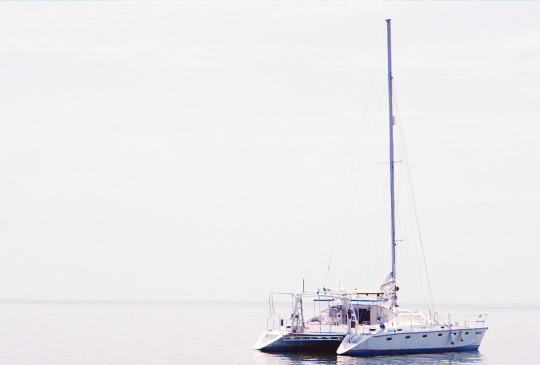
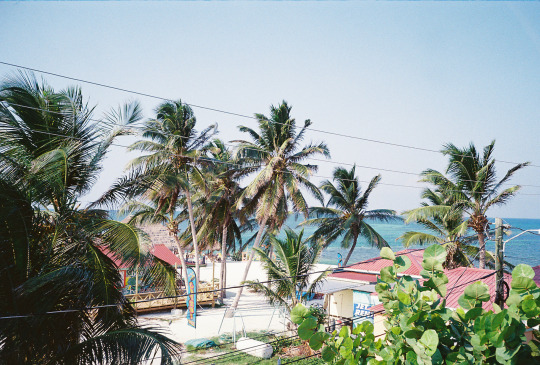

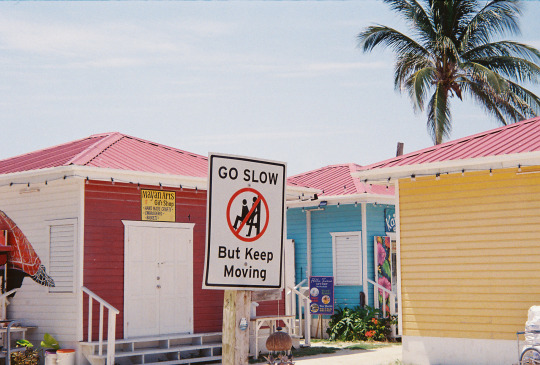
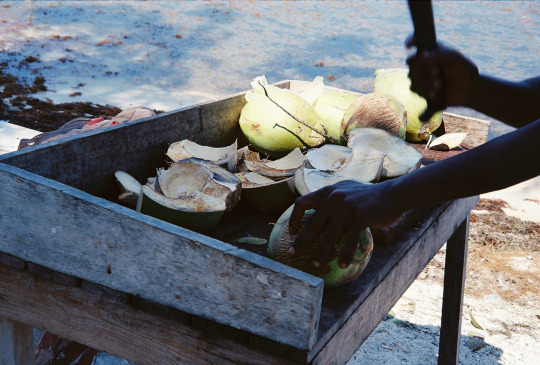
island time
#caye caulker#belize#35mm#photography#sailboat#ocean#palm trees#coconuts#island#beach#taylor james amarisa
1 note
·
View note
Photo
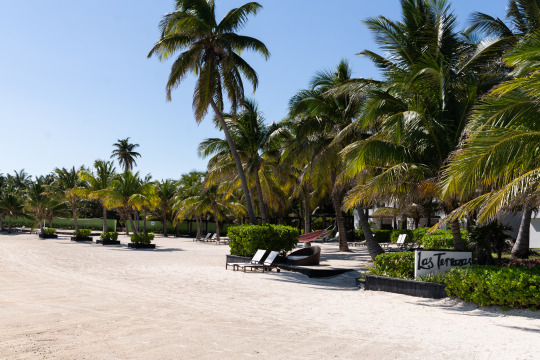
Las Terrazas Resort in San Pedro Belize.
0 notes
Text
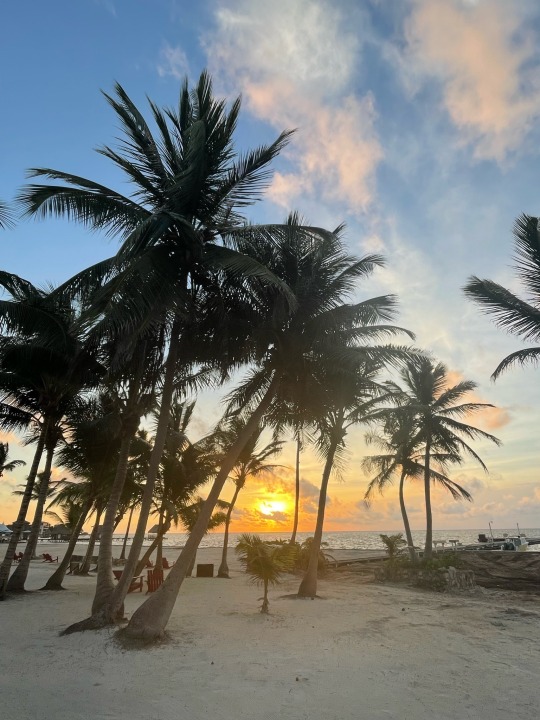
sunrise at 5:40 am in san pedro, belize
0 notes
Text

Little Blue Heron (Egretta Caerulea), Crooked Tree
©Aurore Shirley
#aurore shirley#photographer#little blue heron#heron#bird photography#belize#crooked tree#egretta caerulea#nature
45 notes
·
View notes
Text

Is this amphibian a visitor from outer space? 🛸Nope… it’s the Yucatan casque-headed tree frog (Triprion petasatus), a species that can be found in parts of Mexico, Belize, and Guatemala. How does it put its head casque, or “helmet” to use? When the weather is dry, this frog has been observed nestling into tree holes. It plugs the opening with its hard head, using it as a barrier against the outside world. This is thought to help the frog retain extra moisture in its skin!
Photo: angel_trres, CC BY-NC 4.0, iNaturalist
483 notes
·
View notes
Text
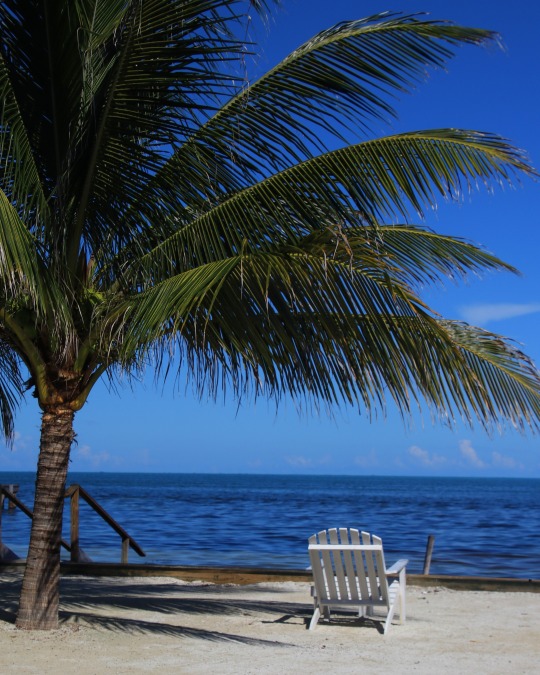
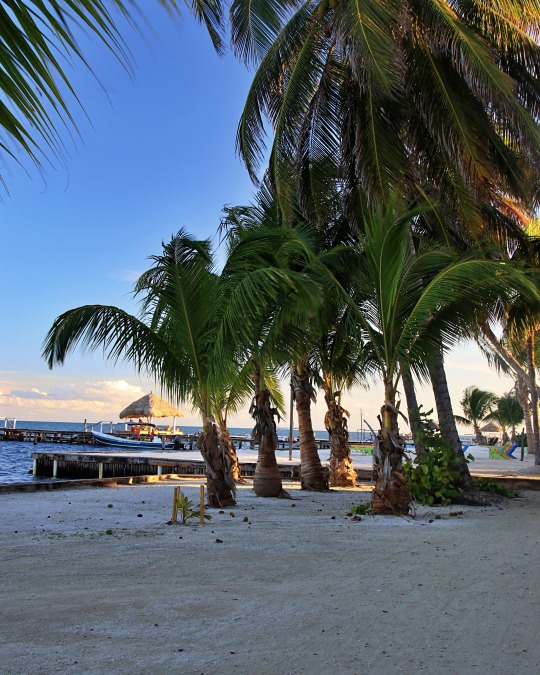

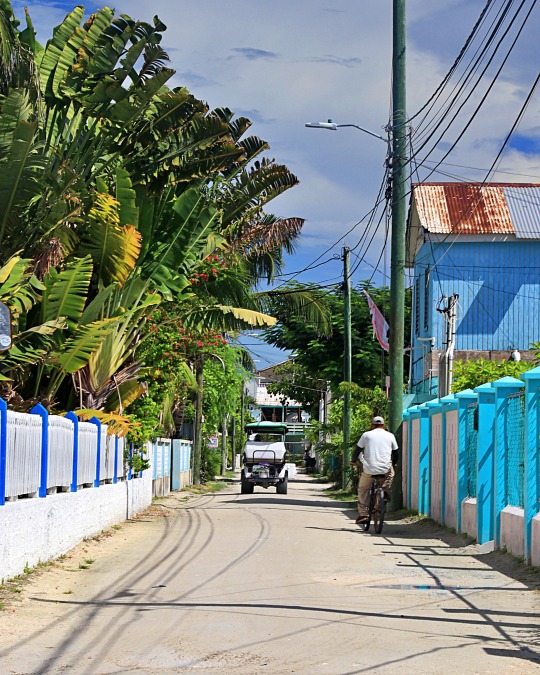


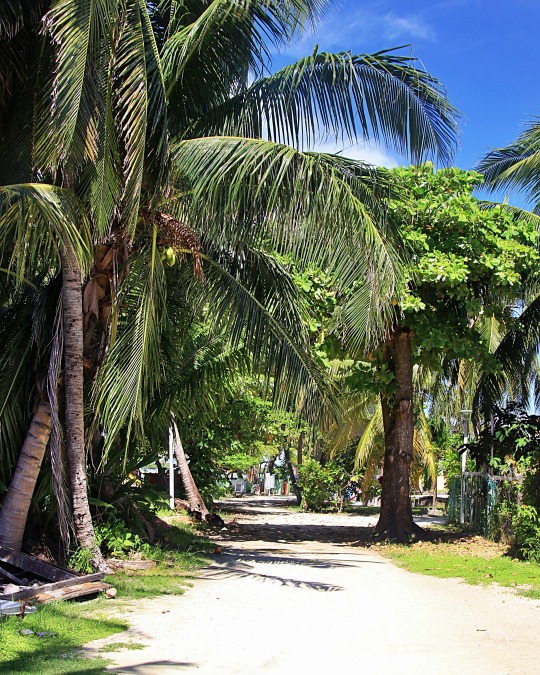
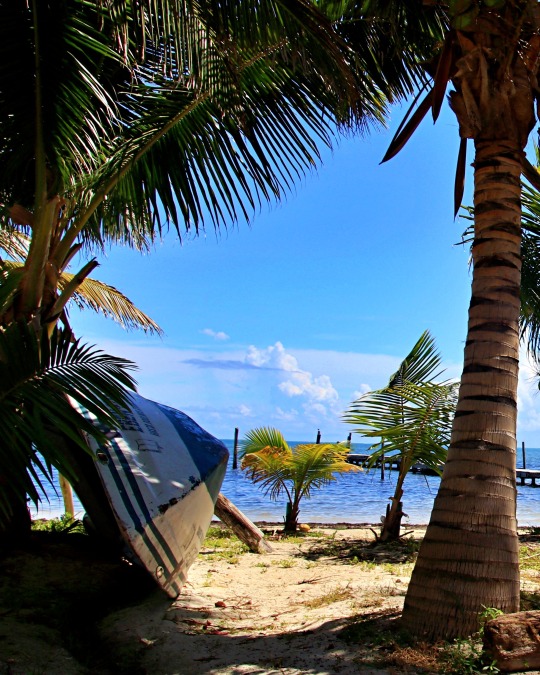

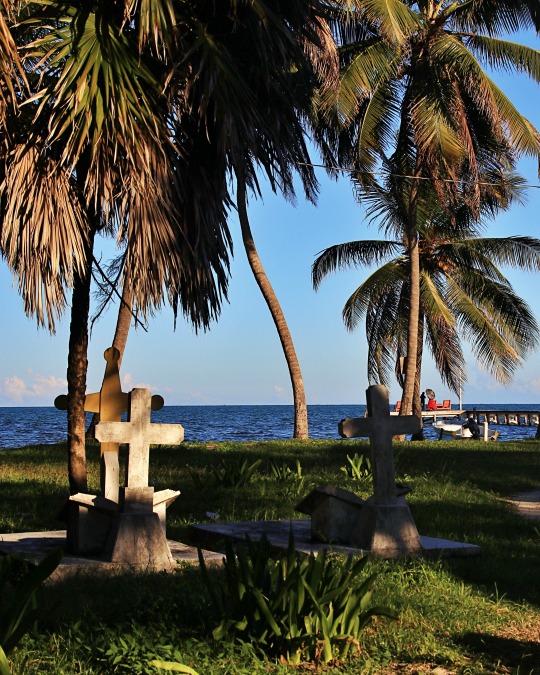
Caye Caulker Island ( Belize )
#photooftheday#travelphotography#adventure#aroundtheworld#coast#palm trees#coral island#trip#belize#travel#explore#pickoftheday#nature#caye caulker#beaches#tropical#sun#island#sunshine#central america#caribbean sea#caribbean
2 notes
·
View notes
Text

Coendou mexicanus
Photo: Dick van Duijn
Wikipedia:
The Mexican hairy dwarf porcupine or Mexican Hairy Dwarf Porcupine (Coendou mexicanus) is a species of rodent in the family Erethizontidae. It is found in Costa Rica, El Salvador, Guatemala, Honduras, Panama, Mexico, Nicaragua and Belize
An arboreal species, it uses its prehensile tail to hold onto branches. It is nocturnal and is usually more active on dark nights. The day is spent in a hollow tree, concealed on a leafy branch, or in highland areas, in a clump of bamboos. As it uses the same hiding place each day, a pile of droppings accumulates which produces a strong odour. The diet consists of buds, young leaves, fruits and seeds. It particularly favours fruiting trees such as Inga, Cecropia, Ficus and Brosimum. Individuals normally live alone and are silent, but in the breeding season it is more vocal, emitting screams and yowls. The female usually bears a single offspring
65 notes
·
View notes
Note
Completely not inspired by Miss Carmen most recent instagram story of George eating a watermelon and looking freshly fucked. You and George having sex on the beach and both looking freshly fucked as you post a picture of him enjoying the watermelon
had to go looking for this pic
george had suggested belize for your summer holiday and you, desperate for any sort of sunshine, said yes.
the two of you had packed up and off you went, a week in the sunshine doing you both soon good. you both promised to not even think about work and you kept that promise.
if you were exploring, you were tanged in the sheets of your bed. george kept you occupied with his fingers, and his mouth and his cock.
most afternoons, you two ended up on the beach - perks of having a formula one driver as boyfriend, he rents villas directly on the private beach for you to stay in.
your bright pink bikini caught his eye as he stepped out of the house. he could see you splashing around by the water, walking out further for a swim.
in the meantime, he laid his towel out on the sand under the tree and waited for your return.
you dropped yourself directly on top of him, all the sea water dripping onto him. george doesn't say anything but instead smiles and let you laze on him.
he rubs your back softly, undoing the knot that was keeping your bikini top shut.
you find him doing the same with your bottoms. you lift your hips, sitting up on him as he pulls his shorts down.
long story short and many minutes later, the two of you have collapses against each other, all covered in sand when george gets up.
he reties the knot on the back of your bikini top as you redid the ones on your hips. the two of you brush off the sand before heading back up to the balcony.
you left him out there as his phone rang, letting him take his phone call as you went inside to cut up some watermelon, bringing it out a few minutes later.
sitting across from him, you take a picture of him and post it to your story before putting your phone away.
218 notes
·
View notes
Text
Warbler Showdown pt 2; Bracket 1, Poll 3
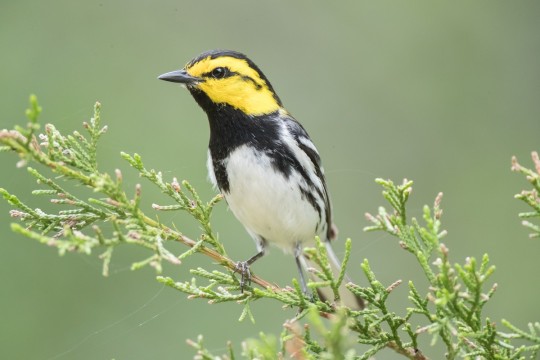
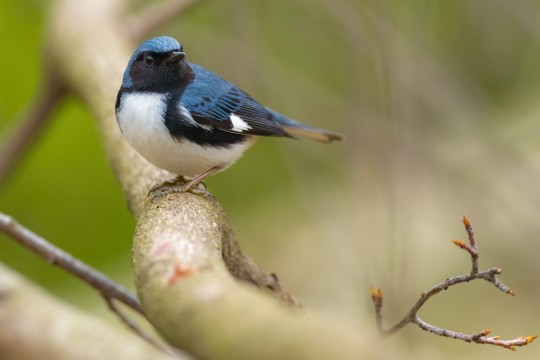
Golden-cheeked Warbler (Setophaga chrysoparia)
IUCN Rating: Endangered
Range: central Texas during the breeding season; overwinters in Central America- Guatemala, El Salvador, Honduras and northern Nicaragua.
Habitat: Old-growth and mature regrowth juniper-oak woodlands in limestone hills and canyons. Ashe juniper is a key tree species on the breeding grounds, as the bark is used in nest construction.
Subspecies: none
Black-throated Blue Warbler (Setophaga caerulescens)
IUCN Rating: Least Concern
Range: prefers the Appalachian mountains when in the eastern states, otherwise breeding in southeast Canada or New England. Overwinters in the Greater Antilles, as well as the Bahamas and along the Caribbean coast of the Yucatan, Belize, and Honduras.
Habitat: interior forests of undisturbed hardwood and mixed deciduous-coniferous trees.
Subspecies: 2
Image Sources: GCWA (Brendan Klick); BTBW (Matt Zuro)
#nww showdown#golden cheeked warbler#black throated blue warbler#setophaga#parulidae#passeriformes#ah... my two beloveds.... why must you fight...
173 notes
·
View notes

